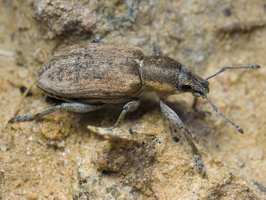- sort orderDefault
Photo title, A → Z
Photo title, Z → A
✔ Date created, new → old
Date created, old → new
Date posted, new → old
Date posted, old → new
Visits, high → low
Random - Google Map
- map
 home / Insecta · vabzdžiai / Coleoptera · vabalai / Curculionidae · straubliukai / Tanymecus palliatus · pilkasis runkelinis straubliukas
home / Insecta · vabzdžiai / Coleoptera · vabalai / Curculionidae · straubliukai / Tanymecus palliatus · pilkasis runkelinis straubliukas

-
 Tanymecus palliatus · pilkasis runkelinis straubliukas
Tanymecus palliatus · pilkasis runkelinis straubliukas
-
 Tanymecus palliatus · pilkasis runkelinis straubliukas
Tanymecus palliatus · pilkasis runkelinis straubliukas
Tanymecus palliatus · pilkasis runkelinis straubliukas
- Echte Streckrüssler, Zuckerrübenrüssler
- ketokuonokärsäkäs
- pilkasis runkelinis straubliukas
- ryjosz burakowiec
- klintvivel
The species is distributed from the Iberian Peninsula and Italy through France and Central Europe to southern Sweden and Finland, and is also recorded from the Caucasus, Asia Minor and western Siberia. It is absent from much of southeastern Europe.
The species is widely polyphagous and might be found in almost any situation; grassland and meadows, arable land, roadsides, disturbed land, dunes, heaths, allotments, parks and gardens etc. where they feed upon plants of a range of families including Fabaceae, Brassicaceae and Urticaceae but they are most frequently found on various Asteraceae. Young larvae bore in the root collar; later they live ectophagously at the roots.
Development usually takes two years, or three under unfavourable conditions. The larva feeds on stems and roots. It overwinters in the soil and begins feeding again in the spring. In June–July it pupates in the soil. The hatched adults remain in the pupal cradle over the winter. In the following spring they dig to the surface and mate. The females lay 300–400 eggs in groups of around 20 in the soil near the host plants. After mating or laying eggs, the beetles die, some overwinter. Embryonic development until the larva hatches takes about three weeks.